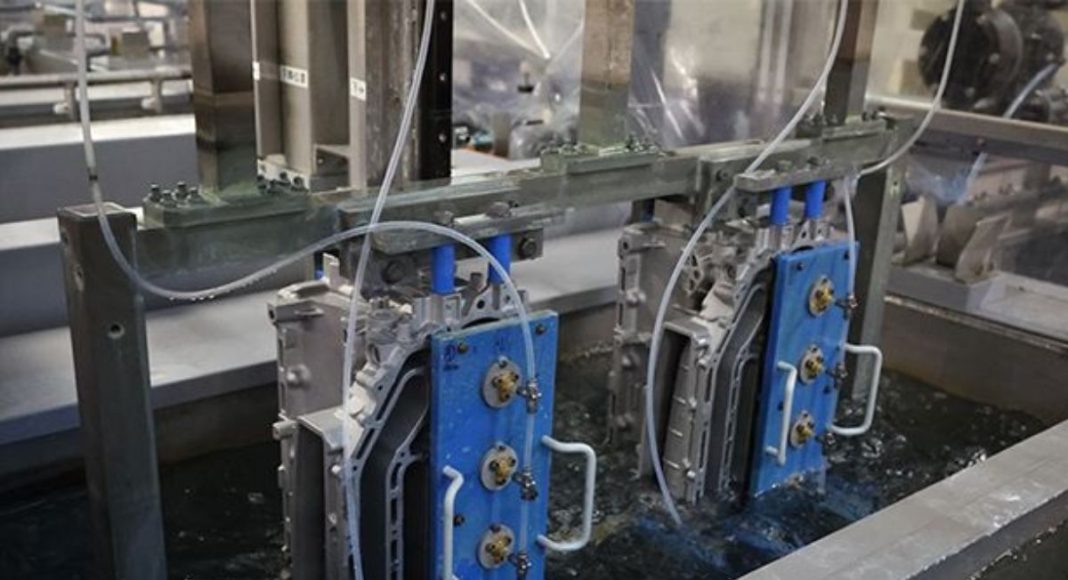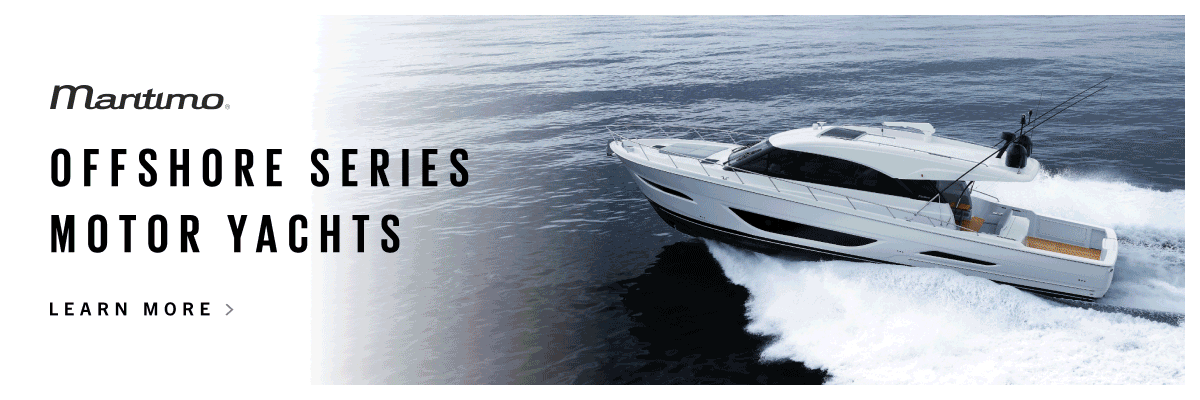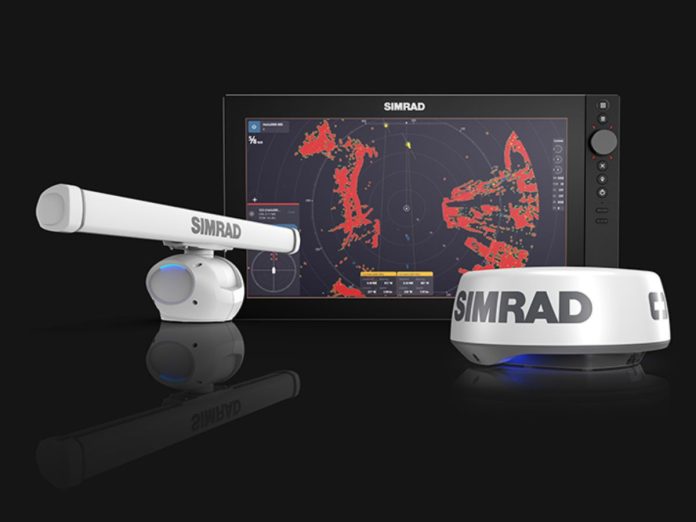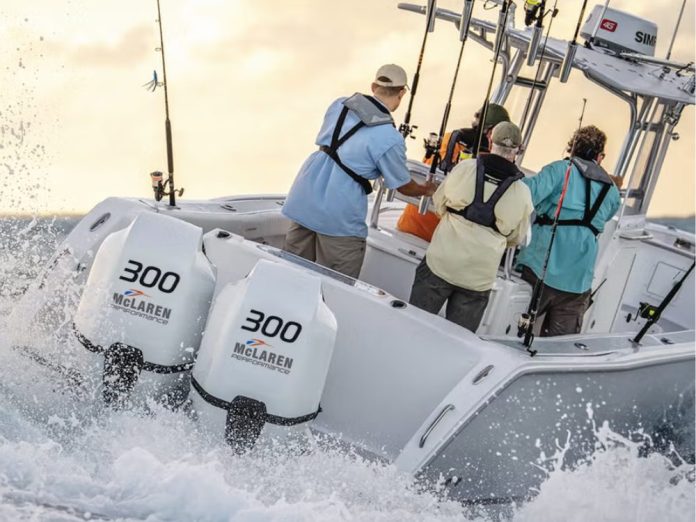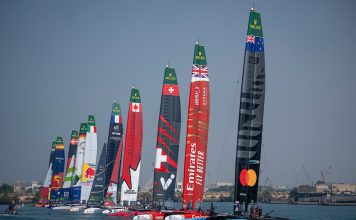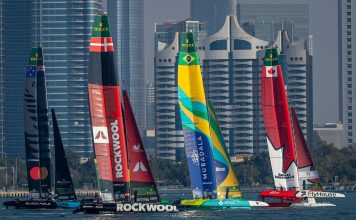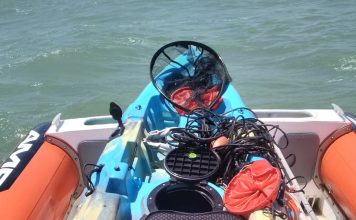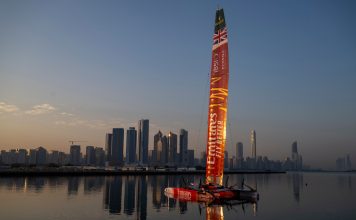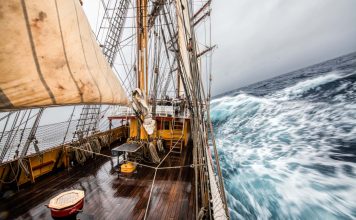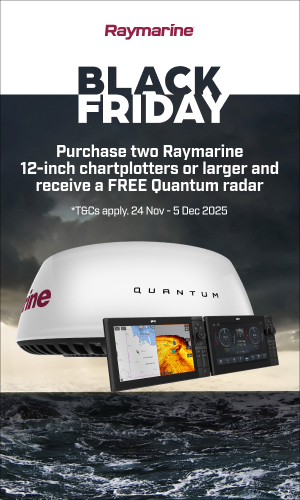In August 2024, Suzuki Motor Corporation began rolling out a new corrosion-resistant anodizing treatment on selected DF140B outboard motor specifications. The development addresses two significant challenges for marine engines—corrosion from saltwater exposure and the need to reduce manufacturing emissions.
Outboard engines operating in seawater are especially vulnerable to internal corrosion, particularly in cooling water passages where saltwater is continuously pumped through the engine to regulate temperature. Traditionally, corrosion resistance in these areas has been achieved through chemical treatment followed by a protective paint coating. Suzuki’s new approach replaces this method with an anodizing process that they claim not only improves corrosion resistance but also reduces environmental impact during production.
Corrosion resistance and anodizing
Anodizing is a well-established surface treatment used mainly on aluminium components. The process involves immersing parts in an electrolytic solution and passing an electric current through them, which forms a porous aluminium oxide layer on the surface. Suzuki’s adaptation of this method includes an improved immersion process to ensure consistent coating over the engine’s more complex internal surfaces—particularly in areas such as the cylinder block, head, and crankcase that are regularly exposed to saltwater cooling.

One of the longstanding limitations of anodizing in engine applications has been its vulnerability to high heat. When exposed to the elevated temperatures common inside outboard motors, the anodized surface can crack, undermining its corrosion resistance. Suzuki reports having addressed this by applying a low-temperature sealing treatment using metal hydrates, which fills in the surface pores and provides thermal stability up to 300°C. This allows anodizing to be used on components that previously would have required other treatments.
Manufacturing considerations
A further technical hurdle relates to the cast iron sleeves used in the cylinder blocks. Contact between these sleeves and the electrolytic solution used in anodizing can cause pitting and electrolysis damage during the process. Suzuki has developed a jig-based sealing method to isolate these iron components during treatment, reducing the risk of defects. This sealing technique is currently under patent application.
The switch from conventional treatment to anodizing also has environmental implications. Eliminating the need for painting, drying, and baking processes has led to an approximate 50% reduction in CO₂ emissions during manufacturing, according to the company. While the data is based on internal research and has not yet been independently verified, the figures reflect a broader industry trend towards lower-impact production processes.
Rollout and future applications
The anodizing treatment is currently limited to specific configurations of the DF140B model, but Suzuki indicates that wider adoption across its outboard range is planned. If that happens, it could mark a broader shift in how marine engine components are treated to withstand saltwater environments—particularly in markets like New Zealand where outboards are commonly used in coastal and offshore settings.
For boat owners, the most immediate implications would likely be seen in engine longevity and maintenance requirements. Improved resistance to corrosion in cooling passages can reduce the likelihood of internal degradation, which, over time, may translate to fewer repairs and longer service intervals. However, as with any new manufacturing process, long-term field data will be necessary to confirm how well the new treatment performs under typical use conditions.
This development forms part of a wider trend in the marine sector, where manufacturers are balancing performance demands with environmental considerations. It remains to be seen how quickly the industry adopts similar treatments, but Suzuki’s move suggests that corrosion resistance and sustainability may increasingly go hand in hand in future outboard engine designs.
—
Original release by Suzuki https://www.globalsuzuki.com/globalnews/2025/pdf/0226.pdf








